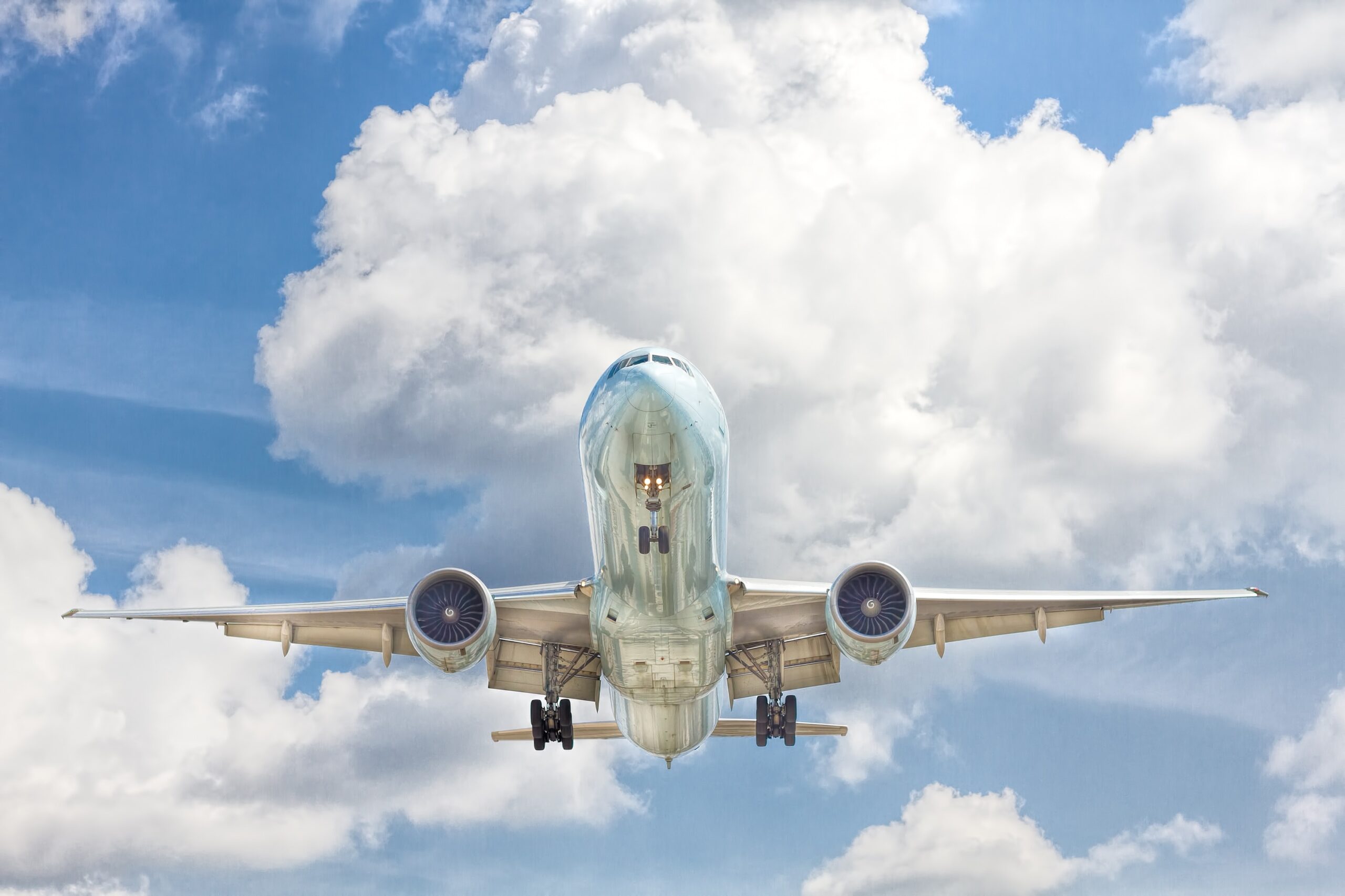What Routes To Take To Avoid Turbulence???
Have you ever been on a flight that felt like a rollercoaster ride because of turbulence? It can be an unnerving experience, especially for those who are not frequent flyers. But fear not! There are certain routes that tend to have less turbulence than others.
In this blog post, we will explore the best routes to take if you want to avoid bumpy flights and enjoy a smoother journey through the skies. So fasten your seatbelts and let’s get started!
Wide Flat Land
Assuming you’re flying in the Northern Hemisphere, turbulence is more common in the spring and summer months. This is due to the fact that warmer air rises faster than cooler air. Flying over large bodies of water can also cause turbulence, as can flying near mountains. If you’re looking to avoid turbulence, it’s best to take a route that avoids these areas.
Large Areas Of Water
Turbulence can occur over large areas of water, such as oceans and lakes. It is most often caused by wind shear, which is when the wind speed and direction change abruptly. Turbulence can also be caused by waves or other objects in the water, such as boats and bridges.
To avoid turbulence, it is best to take a route that is away from large bodies of water. If you must cross a large body of water, try to do so at a point where the wind is blowing in the same direction as your travel. This will minimize the amount of wind shear you encounter. You should also avoid crossing waves if possible, as they can cause turbulence.
Areas Away From The Equator
While the vast majority of turbulence is found near the Earth’s surface, there are areas away from the equator where it can be found. The jet stream, for example, is a current of air that flows around the planet at high altitudes. This current can create areas of turbulence, particularly when it interacts with mountains or other obstacles.
Turbulence can also be found over the open ocean, far from any land masses. This is usually caused by wind shear, which is when winds at different altitudes blow in different directions. This can create unstable air currents that lead to turbulence.

What Routes To Take To Avoid Turbulence
The Routes With The Most Turbulence
The most turbulent routes are typically over water, near mountains, or in areas of severe weather. Turbulence can also be caused by jet streams, which are fast-moving rivers of air high in the atmosphere.
Some of the most turbulent routes include:
– The Pacific Ocean, especially near Hawaii
– The Gulf of Mexico
– The Caribbean Sea
– The Atlantic Ocean, especially near Iceland
– Mountainous regions such as the Rockies and Andes
– Areas of severe weather, such as thunderstorms
Final Notes
As your plane starts its descent, the captain comes on the intercom to give you some final tips for avoiding turbulence. They recommend that you stay seated with your seatbelt fastened, keep your tray table up and stowed, and remain in your seat until the plane has come to a complete stop. If you must get up, walk quickly and carefully to avoid falling. And finally, they ask that you please refrain from opening the overhead bins during the landing process. By following these simple tips, you can help make your flight as smooth as possible!

